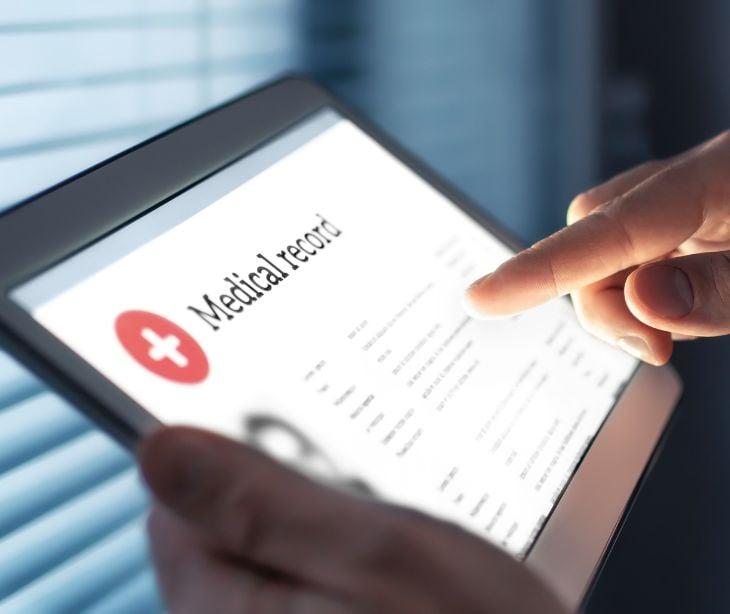
Personal health records (PHRs) allow individuals to access, manage, and track their medical data. However, the landscape of PHRs isn't one-size-fits-all. Instead, it encompasses various types, each with distinct features and functionalities catering to different needs and preferences.
Understanding the spectrum of PHRs
The diversity within the realm of PHRs reflects the evolving nature of healthcare technology. Each type caters to distinct preferences, emphasizing control, accessibility, or comprehensive health management. As technology advances and user needs evolve, the landscape of PHRs continues to expand, offering individuals various options to manage their health information effectively. Ultimately, the choice of PHR depends on personal preferences and the balance one seeks between control, accessibility, and comprehensive health management.
Go deeper: What is a personal health record?
Types of PHRs
Tethered PHR
Tethered PHRs are closely linked to specific healthcare providers or systems. They grant patients access to their medical records within a particular healthcare network. While they offer convenience within that system, their use might be limited when seeking care outside that network.
Untethered PHR
These standalone records are managed entirely by the individual, disconnected from any healthcare provider. They empower users to manually input and control their health information, offering greater autonomy but requiring proactive management by the user.
Personal health and wellness PHR
Beyond medical records, this type encompasses broader wellness aspects, such as fitness routines, mental health logs, dietary information, and lifestyle habits. They aim for a holistic view of an individual's health and well-being.
Consumer-mediated PHR
Consumer-mediated PHRs strike a balance between being connected to healthcare providers and placing control in the hands of the patient. Users have more autonomy over their data, deciding whom to share it with, offering a middle ground between accessibility and control.
Connected PHR
These PHRs aggregate data from multiple healthcare providers and systems into a centralized location. They aim to provide a comprehensive overview of an individual's health by collecting information from diverse sources.
Mobile PHR
With the proliferation of smartphones, mobile PHRs offer the convenience of accessing health information on the go. These applications and platforms cater to users who prefer managing their health data through mobile devices.
See also: Open, accessible data is key to involving patients in their own health
Choosing the right PHR
Selecting the most suitable PHR depends on individual preferences, needs, and the level of control desired over personal health information. Factors to consider include:
- Access and convenience: Tethered and connected PHRs offer seamless access within specific healthcare systems, while untethered and mobile PHRs provide greater freedom but might require more active management.
- Privacy and control: Individuals inclined towards greater control over their data may prefer untethered or consumer-mediated PHRs, where they can manage sharing preferences and control access.
- Comprehensiveness: Those seeking a comprehensive overview of their health, including wellness aspects, might find personal health and wellness PHRs more suitable.
See also:
Subscribe to Paubox Weekly
Every Friday we'll bring you the most important news from Paubox. Our aim is to make you smarter, faster.



